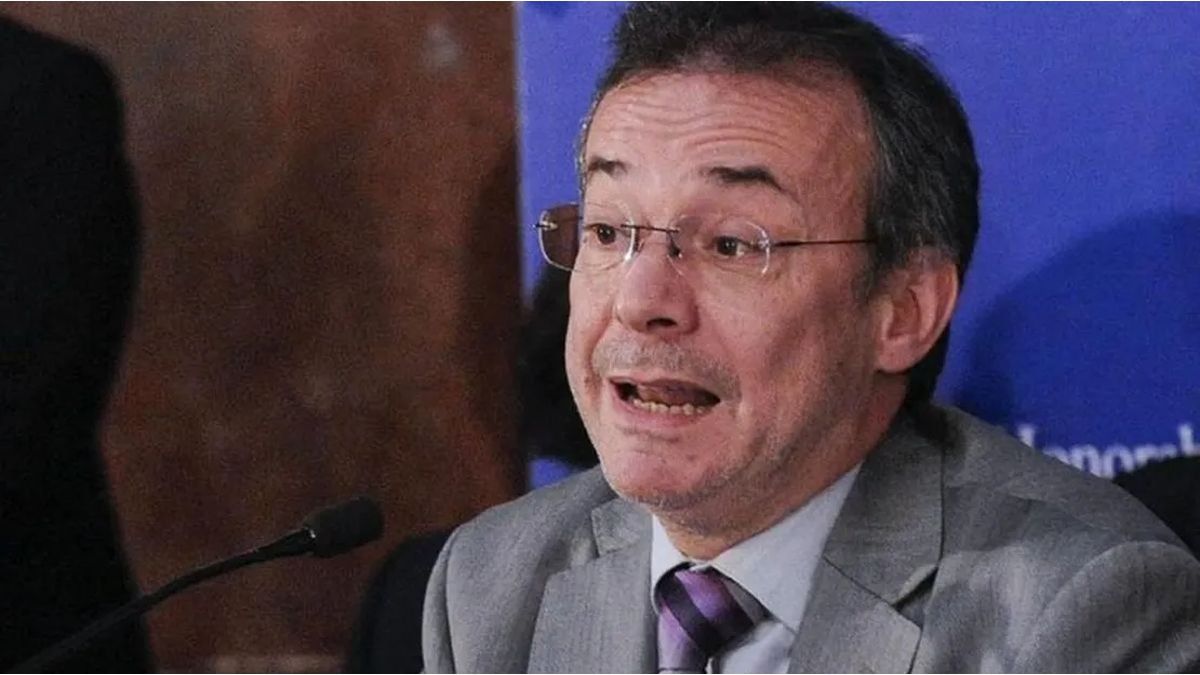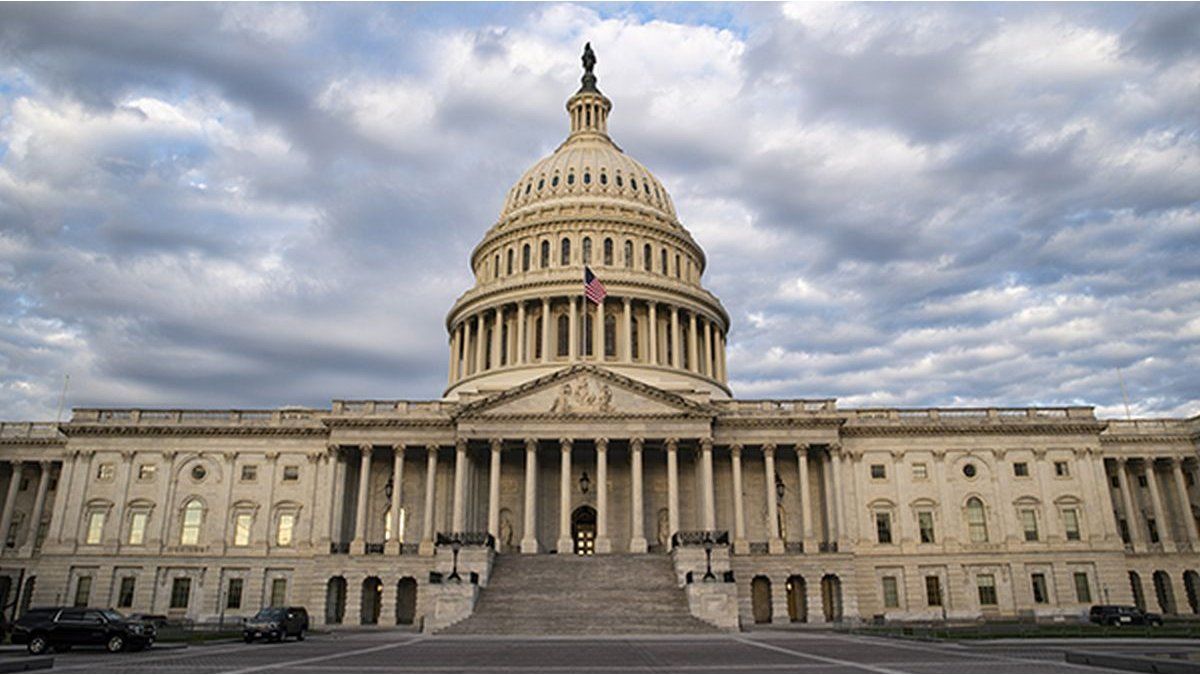For Daniel Artanaeconomist Head of the Latin American Economic Research Foundation (FIEL), There is a relevant factor that puts at risk the economic recovery: the fall in international prices. The adverse international context, plus the official commitment to continue with the inflationary slowdown, are two reasons why the incipient recovery of activity could be compromised.
In turn, the graduate from the University of La Plata believes that the economy “hit rock bottom” between the end of the first quarter and the beginning of the second, and employment will take note of that as long as there is no setback. In dialogue with Scopethe specialist also spoke about the release from the trap and the implications of the Government’s strategy, the difficulties in breaking through the country risk floor of 1,500 points and the possibility of sustaining the dollar blend in 2025.
Journalist: What is the outlook for the Government as it began the second half of the year?
Daniel Artana: I believe that a very significant drop in inflation was consolidated in the second half of the year. There is a significant recovery in construction, after a phenomenal fall, which has now maintained an improvement for three consecutive months. The indicators for mass consumption are mixed and there is some recovery above inflation in private wages, between 7% and 8% over December, and pensions above 9%. Public and informal wages remain below that month.
At the same time, consumer confidence increased in July. It could be said that The economy bottomed out sometime in the first quarter and the beginning of the second, and from there began a recovery at a modest pace. There are also signs that the government will insist on maintaining the fiscal surplus achieved, but will postpone lifting the restrictions. There are also some doubts about the negative impact on the economy of the fall in international prices, particularly for soybeans and corn.
Q: Is the reduction in inflation still the government’s most important asset, given that some analysts say it will stagnate at around 4%?
DA: I would say that lowering inflation is always a political capital, especially when it is pronounced. People receive it favorably, the inflationary tax is very negative. That’s not to say that inflation of 4% per month isn’t high.
If the government maintains a rate of devaluation of 2% per month, inflation should converge at some point to that level, but in the short term there could be some things that make that difficult. For example, tariffs and fuels still need to be recovered and the improvement that has begun to occur in informal income also affects consumers.
However, if the Government is very committed to its economic program, The risk is that the recovery of activity will be delayed, not that inflation will stagnate.
Q: So, the recovery of activity is not functional to the Government’s 0% inflation target?
DA: I’m not so sure. I think that what is causing the activity to go haywire is the negative external shock. That shock creates a problem for you. What happens with the terms of trade is very relevant.
Q: Has the decline in employment already bottomed out?
DA: Private employment is operating with some lag in relation to GDP, you can see how the economy is starting to recover and employment continues to fall. We did not have an explosion in the unemployment rate for the level of recession – which began last year – and that happens because we have had a buffer: very sharp drop in real wages and a very high proportion of informality.
Q: How can lifting the restrictions affect the recovery of activity?
DA: The cepo is negative in long-term terms. You can have a rebound in activity with the cepo, but the economy has not grown since 2011. You do have moments of decline and recovery. This Government is not in love with the exchange rate controls. There is some expectation that we will go to a normal economy.
It is true that the Government says it is worried about the pesos, but in reality it is worried about not having net reserves. That has improved, it received a BCRA with negative reserves of US$13 billion, but it is still in negative territory. If you release the currency controls and are willing to hold the exchange rate, you do not need reserves.But governments must always have some room to intervene.
Q: Do you think it is feasible to eliminate exchange rate restrictions through monetary adjustment and maintain the fixed exchange rate?
DA: Currently you have short-term pesos that can move, because the restrictions on dollarizing portfolios of individuals and companies remain in place.
Yeah The exit from the cepo can be advanced graduallyl, in fact, they began to lift some restrictions, but in life there are shocks. You have a lot of pesos in the short term and few dollars to satisfy that eventual run, plus the impact of bad news in the international context, which does not contribute to the Government’s exit scheme.
Q: The main Argentine business entities show very worrying figures regarding the decline in activity, but their leaders are in line with the guidelines of the current administration. Why?
DA: I think there is a certain perception in society that populism has run its course. The merry-go-round has crashed. And that exhaustion has given the current government a space to take. We will see later if that path is successful.
Q: Why is the country risk still at 1,500? Can the Government lower it in 2025 to refinance the debt?
DA: The Government cannot borrow at a reasonable interest rate and that is why it is betting on REPO, because it needs to put up a guarantee. There is an unfavorable international context for the reduction of country risk, marked by lower international prices.
On the other hand, at the local level, there was a lot of noise about the lack of reserve accumulation in June, the IMF warning that the real exchange rate appreciated by 15%, and the intervention in the exchange rate gap, which makes Argentine bondholders think ‘they are closing the gap, but now they have fewer dollars to pay me’.
Q: If the government insists on the crawling peg policy, should it continue to support the blended dollar to compensate exporters?
DA: We know that the dollar blend and the PAIS tax will disappear at some point. They are part of the emergency program in exchange and fiscal policy that the Government maintained to deal with a very complex legacy. Then you have to replace the tourniquet with a more permanent intervention. When? It could be next year. Politics, the mid-term elections, come into consideration.
Q: During the midterm elections, lifting the restrictions does not seem feasible, right?
DA: I don’t know when they will be released from the restrictions, but I think there are things that can be improved even if you are still in the restrictions.
Q: The government began talking about dollarization with funds agreed before taking office, but changed its strategy over the months. Why do you think that was the case?
DA: Now it seems we are going to a weight strengthening through the reduction of inflation, expecting a remonetization of the economy to broad-based levels in April. There were events between December and now. Given a very delicate situation due to the inheritance and with international prices falling, it forces you to change some things in the design of the program.
Source: Ambito




